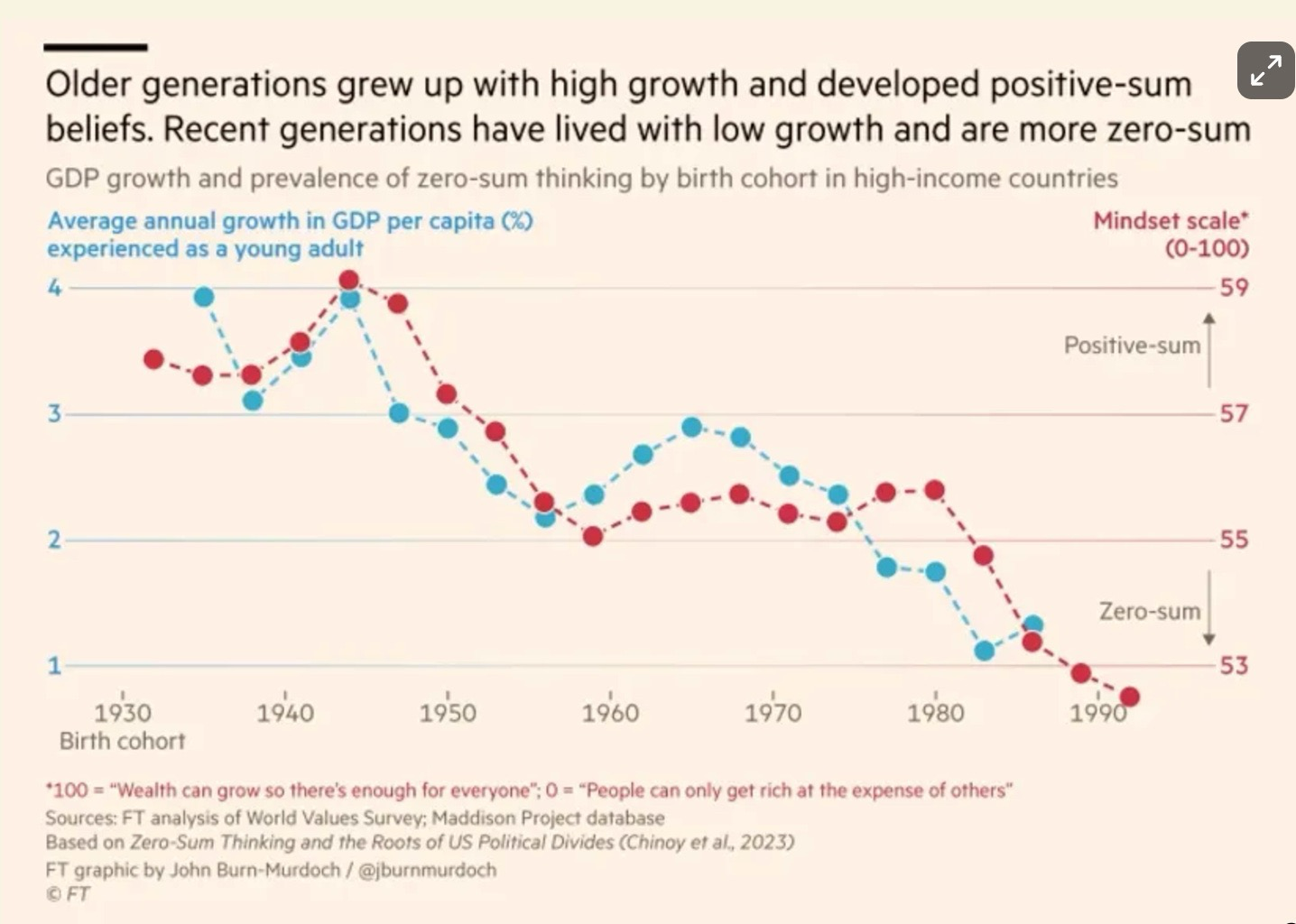Selling your bath water is still better than pumping a crypto coin to capitalize on the attention creepy men give you
Activity Stream
-
-
Kinks worked out!
-
This is worth a read
https://hipcrime.substack.com/p/the-end-of-growth-and-the-zero-sum?utm_source=post-email-title&publication_id=115421&post_id=167074277&utm_campaign=email-post-title&isFreemail=true&r=bl2i2&triedRedirect=true&utm_medium=email
-
Duck Library Refresh
There are regular refreshes at the duck library. We exchanged a ninja duck for a Dino duck

-
Makes sense, the less economic growth you experienced in your first 20 years of life the more likely you are to believe everything is zero sum
That’s a big problem when US economic growth has gone from 3% to barely 2% over the last 10-15 years. Might not seem like much but it actually makes a huge difference in the psychology of markets

-
Still working out the kinks
-
New Rule: if I’m standing for the entire transaction, I’m not tipping
-
Wordle 1,470 3/6
🟩🟨⬛⬛⬛
🟩⬛⬛⬛🟩
🟩🟩🟩🟩🟩
-
Test using the mastodon app to post to my blogs which should then post to Threads